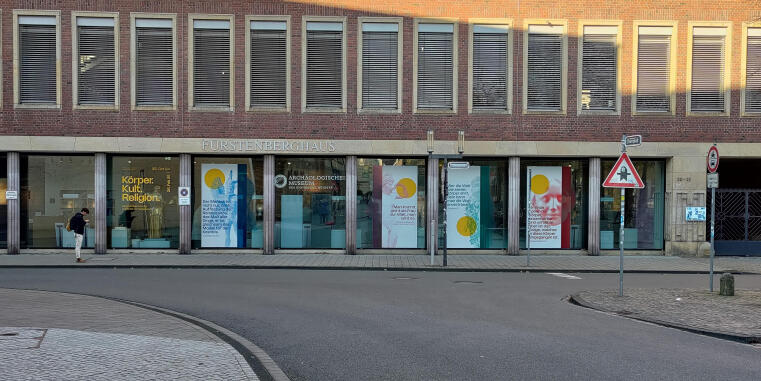

















As a gesture of gratitude for the transfer of an ancient drinking cup from the possession of Olympic champion Spiridon Louis, the Archaeological Museum is receiving a long-term loan from the National Archaeological Museum of Athens. It is an epinetron, a clay half-cylinder that was probably intended to protect the knees and thighs during spinning. All interested parties are cordially invited to the handover of the epinetron on Tuesday, 15 April at 9.30 a.m. in the Archaeological Museum; registration is not required.

From childhood to old age, war, democracy, heroes and gods, the permanent exhibition on everyday Greek life is open again. The theme of the month in April offers a comprehensive overview of the permanent exhibits on 6, 13 and 27 April at 2.15 pm. Admission is free, registration is not required.

Today (31 March), Dr H.-Helge Nieswandt is completing his last official working day at the University of Münster's Archaeological Museum. The 66-year-old is known far beyond Münster as the museum's curator. Under his management, the former teaching collection, which was only open for two hours a week, developed beyond its original purpose to become a public attraction. ‘He magically transformed the underfunded and under-equipped institution into a professional museum,’ said the museum's director, Prof. Dr Achim Lichtenberger, in praise of his long-standing collection manager at the farewell ceremony at the weekend.